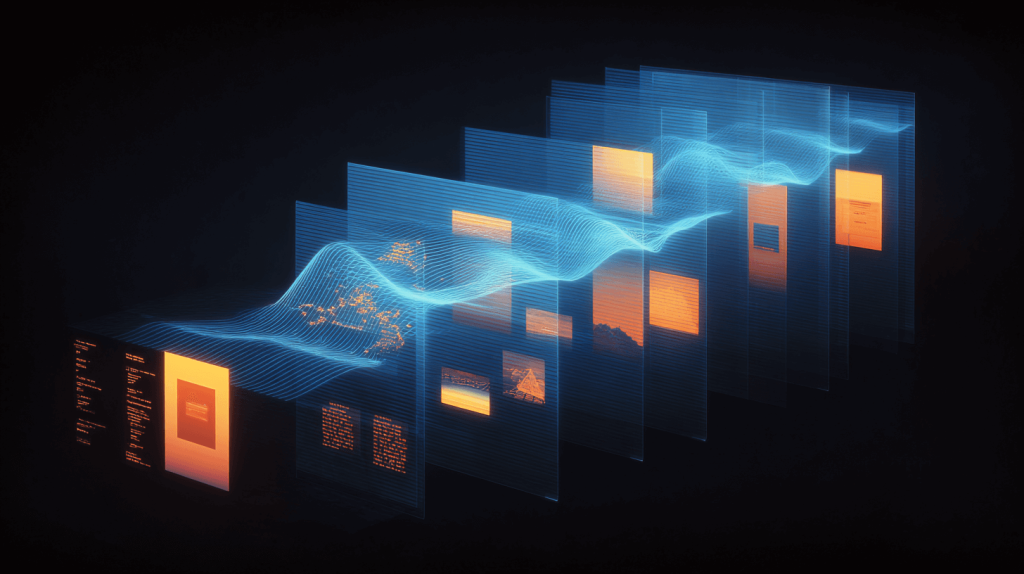When someone talks about intellectual property (IP) protection, one of the first things that usually comes to mind is patent protection. But there are other forms of legal protection for valuable IP assets. Due to the complex nature of AI, patent protection for the underlying AI-related invention is merely a piece of the whole pie, so to speak. Other IP protections, such as trade secret and copyright, may be best for various other aspects of AI innovations. When it comes to securing IP protection for valuable AI-related IP assets, there is immense value in taking a comprehensive approach.
Patent Protection for AI-Related Inventions
A patent grants an exclusive right to prevent others from making, using, selling or importing the claimed invention. Inventions related to AI technology, such as the process by which the AI works, or the method by which data is generated, processed and manipulated by the AI, may be eligible for patent protection. When obtaining patent protection for AI-related inventions, it is important that the patent claims are drafted in such a way as to avoid abstraction. AI and other software-based inventions are often denied patent protection because the underlying invention is deemed too abstract to be patent eligible. By taking precautions and drafting claims so that they recite a process or method of use, AI inventors stand a better chance of receiving a patent for their AI invention.
Copyright Protection for Creative, Non-Functional Software Elements
Software is often key to how an AI innovation operates. Since software is written, software may be a creative work formed in a tangible medium of expression once it is saved to a hard drive or printed in hard copy. As such, the creative elements of software code generally qualify for copyright protection. Creative elements of software code must be non-functional, meaning that they must be creative and cannot serve a functional purpose. Examples of functional elements include functions, logic and formatting, and are not protectable by copyright.
Trade Secret Protection for Functional Software Elements
When AI and machine learning is based on the use of a novel algorithm, protecting the algorithm can be key to protecting the value behind this piece of intellectual property. Trade secret protection is a good option for protecting functional elements of AI software code, such as algorithms.
It is possible to secure copyright protection for the creative, non-functional aspects of AI code, while at the same time preserving the trade secret status of the functional elements of the code. In order to register for a copyright, the copyright applicant must supply a copy, i.e., make a disclosure, of the code that is to be protected. Copyright protection can be sought for the AI software code, by submitting a full copy of the code that needs to be protected, with the trade secret portions of the code being redacted. An experienced IP lawyer can help you with this process.
The lawyers at The Rapacke Law Group want to help you secure the IP protections that you need for your innovative AI and machine learning technologies. We can discuss your legal options with you and help you make an informed decision about which IP assets would create a comprehensive IP portfolio around your innovation. Feel free to schedule a free initial consultation with us today.




